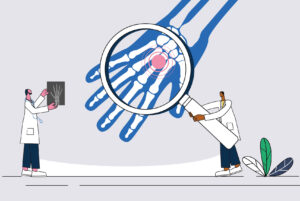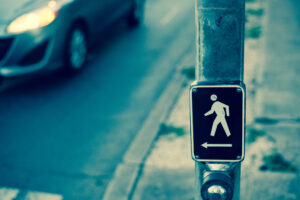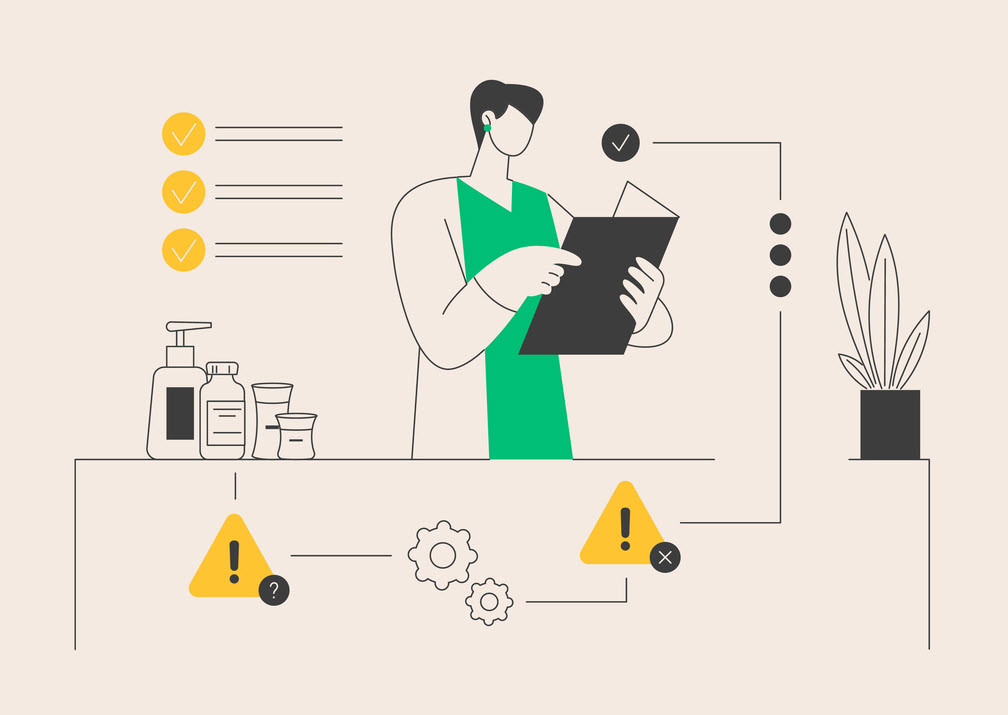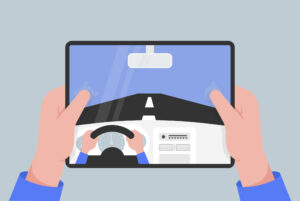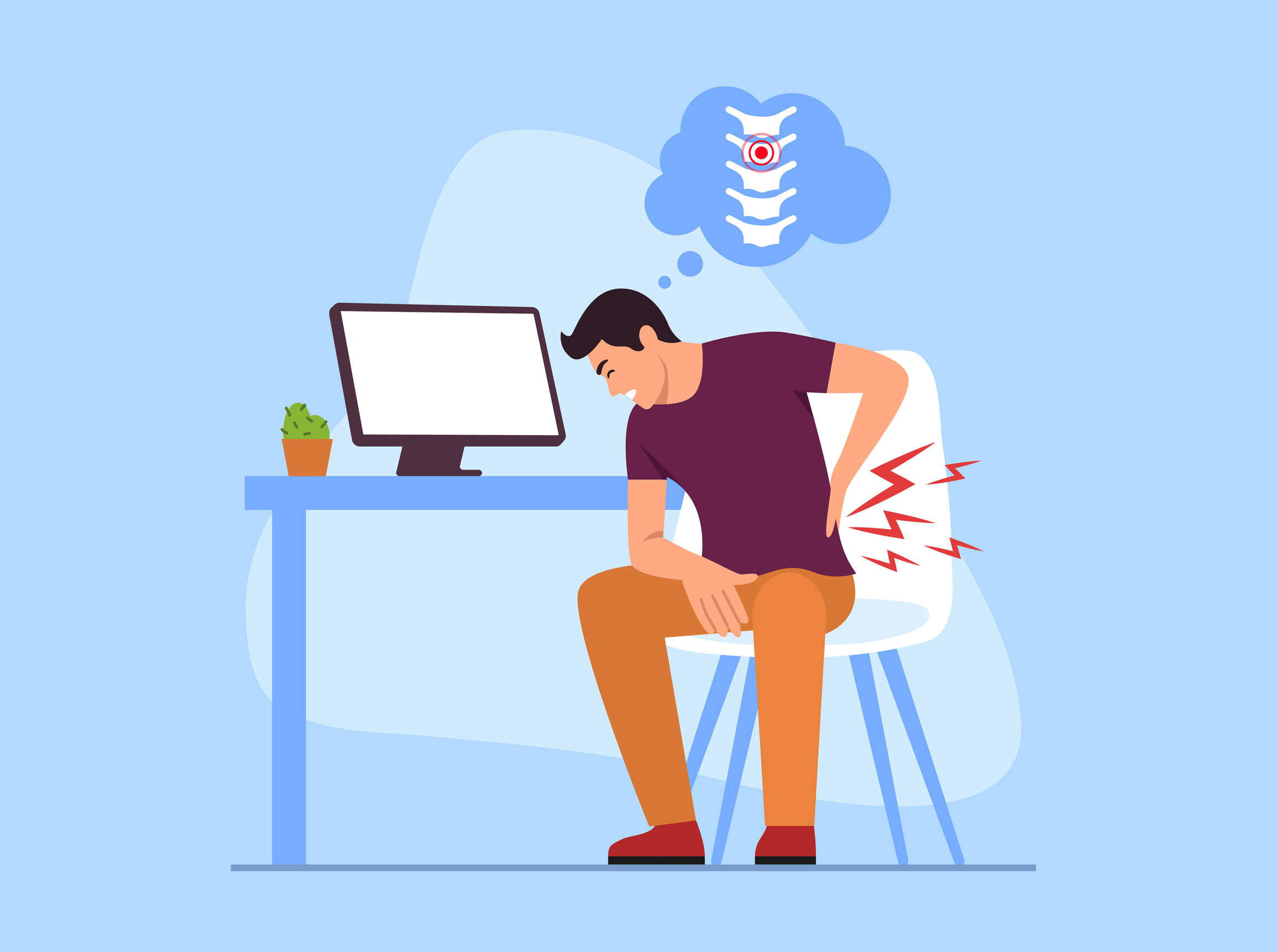The Dangers of Drowsy Driving
Motor-related accidents are the number one cause of workplace fatalities in the U.S., accounting for 38% of deaths. This Distracted Driving Awareness Month, we take a look at the ever-increasing effects of sleep deprivation on this statistic and effective strategies for fleet risk managers.
April 8, 2024

Drowsy driving is not just falling asleep at the wheel – it is a profound impairment that mimics alcohol-impaired driving in many ways. According to the National Highway Traffic Safety Administration (NHTSA), 684 people were killed in crashes involving a drowsy driver in 2021, representing nearly 2% of all motor vehicle traffic fatalities. Drowsiness can occur from accumulating sleep debt, typically under six hours a night across multiple nights, or from only one night of not sleeping.
“Crashes involving drowsiness typically happen when a driver is sleep deprived, but it can also happen because of untreated sleep disorders or shift work,” said Sonya Luisoni, Senior Risk Services Manager at Safety National. “Prescription and over-the-counter medications can also cause drowsiness, and alcohol can interact with sleepiness to increase both impairment and drowsiness.”
Paying attention to warning signs and knowing how to reduce the risks can help mitigate this widespread problem.
Drowsy Driving Warning Signs
Drowsiness can cause delayed reaction time, impaired decision-making, and an inability to pay attention. For fleet drivers who are accustomed to hours on the road, exhaustion may be interpreted as part of the job. However, understanding when to take a break is key in accident prevention. The Centers for Disease Control (CDC) notes that these warning signs are an indicator that it is time to pull over:
- Yawning or blinking frequently.
- Trouble remembering the past few miles driven.
- Missing an exit.
- Drifting from a lane.
- Hitting a rumble strip on the side of the road.
Additional Risk Factors
There are many groups at an elevated risk of drowsy driving. Age can play a significant factor in drowsiness, as recent research shows that younger drivers are nearly twice as likely to be drowsy at the time of a crash compared to drivers ages 40-59. Drivers aged 24 and younger were most likely to report having fallen asleep at the wheel in the past year, and they were least likely to report having never fallen asleep at the wheel. Additionally, people with untreated sleep disorders, shift workers, and public safety personnel, like paramedics and emergency medical technicians (EMTs), are at an increased risk.
Tips for Preventing Drowsy Driving
Behavioral changes are the most effective prevention strategies for drowsiness. Fleet managers should consider the following strategies to improve sleep habits among the workforce.
- Encourage good sleeping habits. Most adults need at least seven hours of sleep a day, which requires adhering to a sleep schedule. Additionally, if a driver discusses symptoms of a sleep disorder, such as snoring or feeling sleepy during the day, encourage them to seek a proper diagnosis.
- Keep shift work consistent and reduce night or swing shifts where possible. Night shift work can represent a substantially higher risk of injury, as high as 43%, compared to day shifts. Minimizing the workforce during these shifts or ceding tasks to third parties can meaningfully impact injury rates and, consequently, chronic pain issues from those injuries.
Beyond behavioral changes, the following methods can detect and correct drowsy driving in real time.
- Driver performance technology – A number of vehicle manufacturers have installed original equipment that detects characteristic variations in driver performance and provides a drowsiness warning. Recent NHTSA research indicates that algorithms based on driver performance measures can detect drowsiness and predict lane departures.
- Rumble strips – Roadway rumble strips have proven to be particularly cost-effective in reducing crash types that are associated with drowsy and fatigued driving. Installation of rumble strips is inexpensive compared to other infrastructure improvements (about $1,000-5,000 per mile).
For more expertise, guidance or resources on this topic, please contact [email protected].


